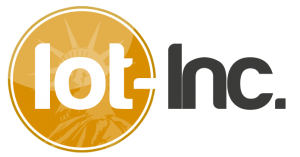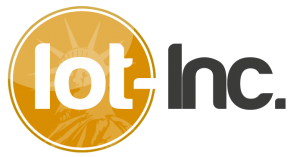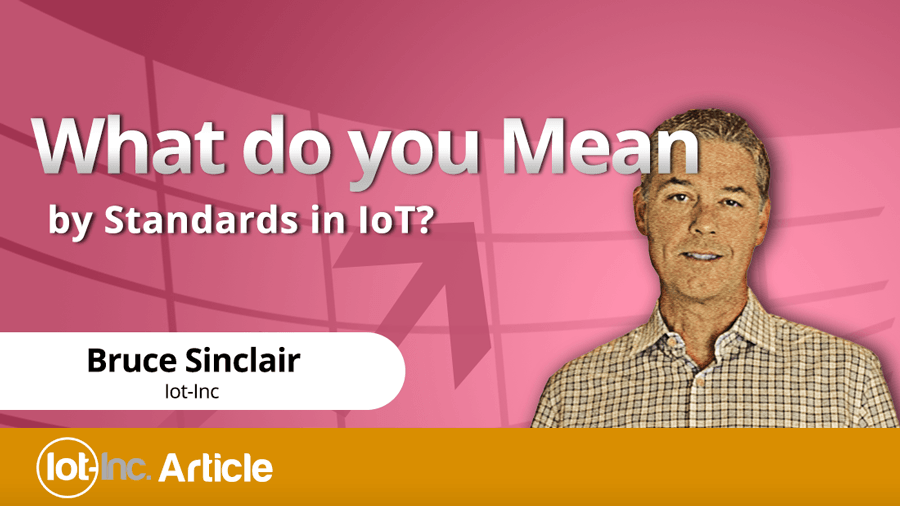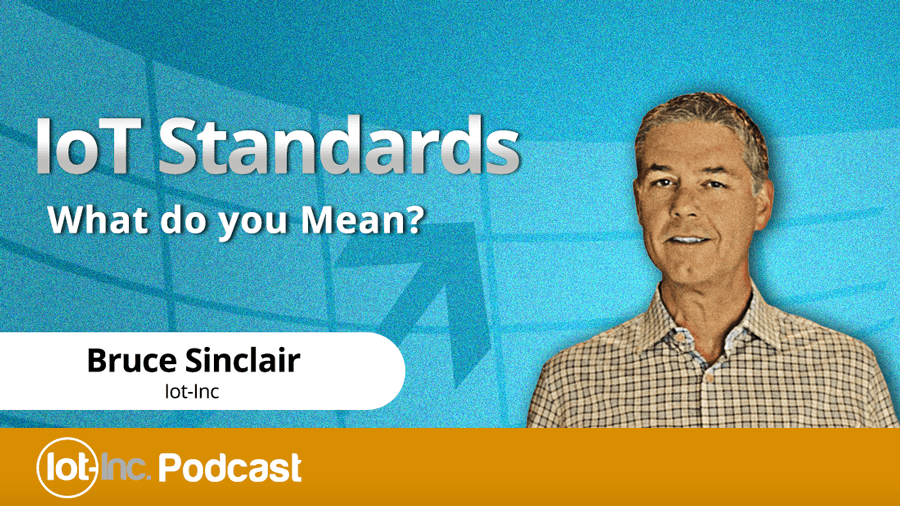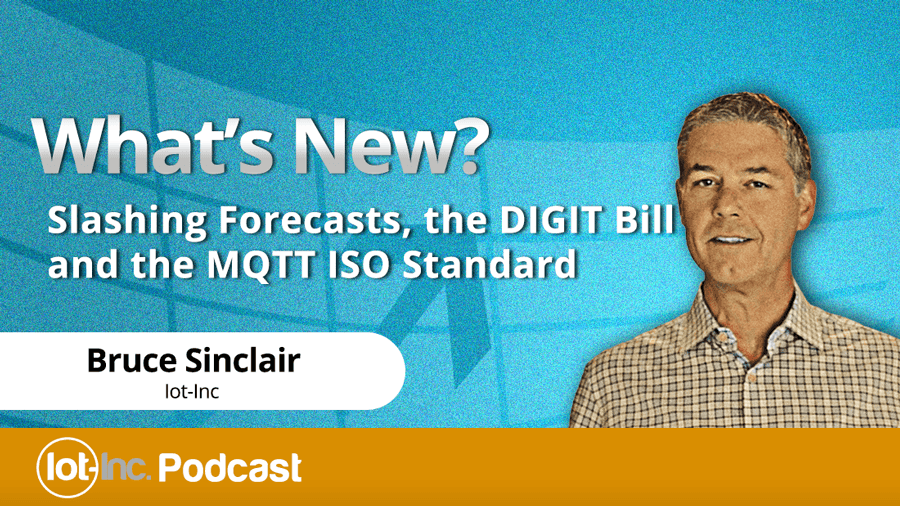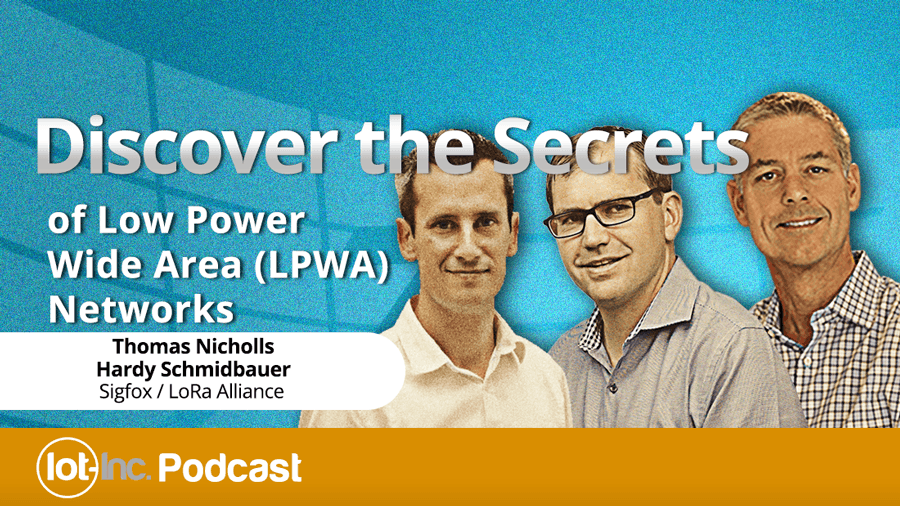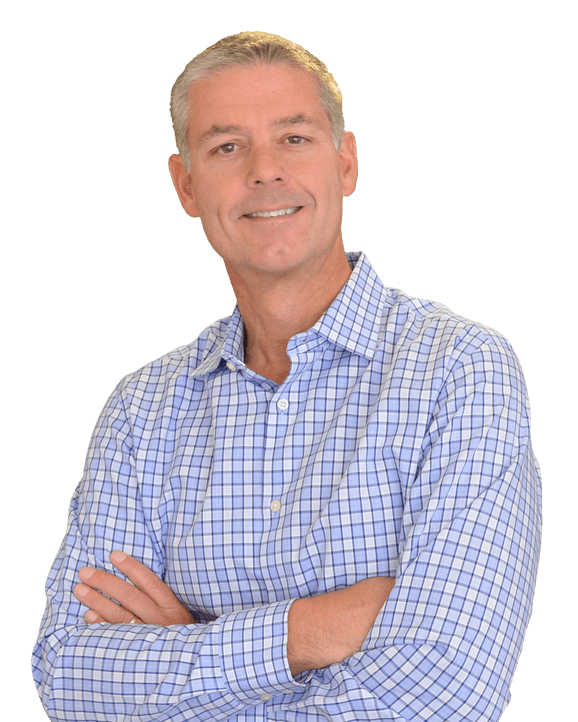09 Feb Technology Lessons for the IoT Professional
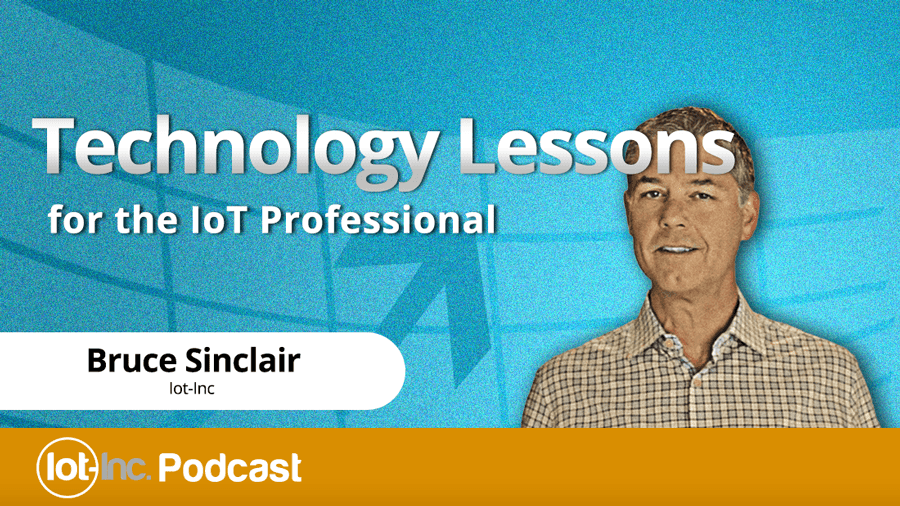
Episode 97
The technology of the software-defined product, containing the digital twin, is the most important technology in IoT – the most important because it’s directly related to creating value. Sometimes it can get a bit confusing.Listen to this podcast (or read the transcript), where I share with you three lessons from the ICIP Technology course. The first, a simple example to demonstrate the software-defined product and digital twin. Then, an overview lesson on standards and protocols, and finally an overview lesson on IoT analytics and big data ...
